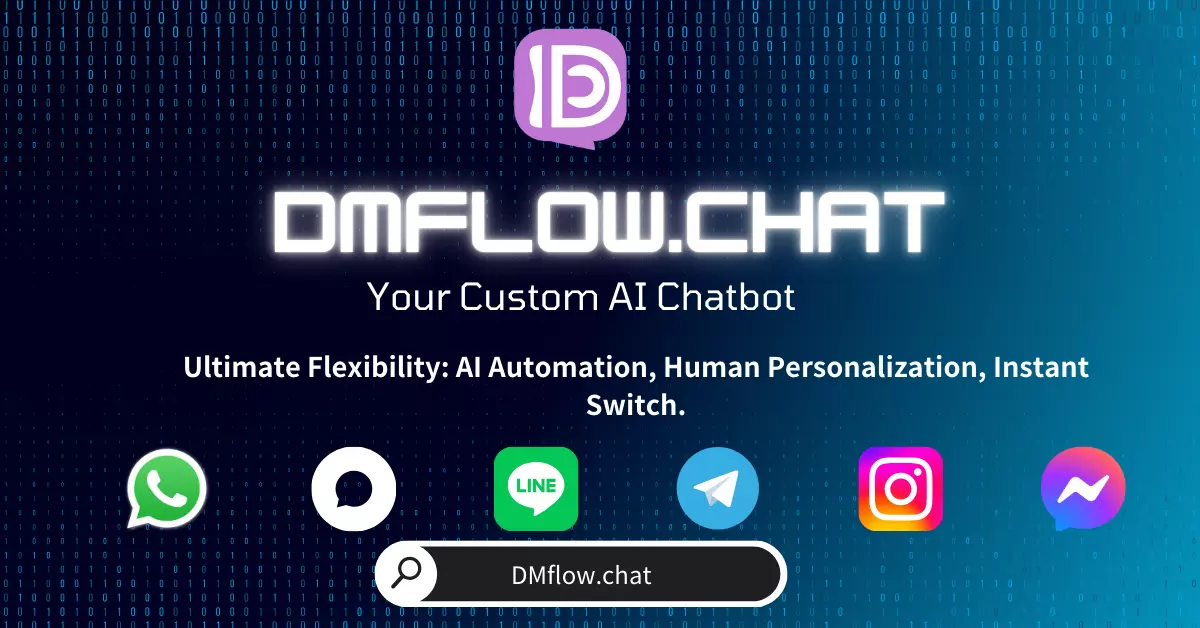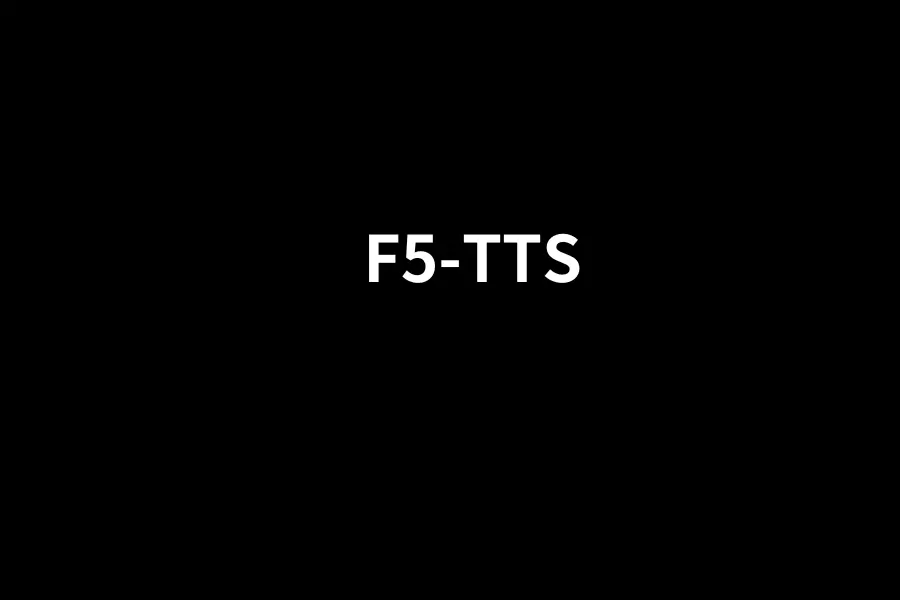Mastering GPT-4.1 Prompting: A Practical Guide to Unlocking Next-Gen AI Power
Explore OpenAI’s latest GPT-4.1 model and learn how to harness its powerful capabilities in coding, instruction following, and long-form content processing through prompt optimization. This guide shares practical tips and examples to help you fully unleash GPT-4.1’s potential.
This article is a simplified version of the official GPT-4.1 Prompting Guide. Please read the original for the complete content.
GPT-4.1 is Here! But Do You Know How to Talk to It Properly?
Hey, AI enthusiasts and developers! OpenAI has released a big upgrade with the GPT-4.1 model series. Compared to GPT-4o, it’s a massive leap forward in coding, instruction comprehension, and handling ultra-long documents. Pretty exciting, right?
But as the saying goes, “To do a good job, one must first sharpen their tools.” To get the most out of this new “pro,” you need to know how to communicate with it—aka, prompt engineering.
This article is your secret weapon! It compiles insights from extensive internal testing to help you master GPT-4.1.
Wait, do old prompting tricks still work?
Yes—many older techniques still apply. Giving context examples, making instructions clear and specific, guiding it to “think before acting”—these still make the model smarter.
But! GPT-4.1 introduces a major shift: it’s more literal and obedient than its predecessors. Older models might guess your intent; GPT-4.1 tends to follow instructions to the letter.
That’s both good and bad. The good: if your prompts are clear, the model will follow precisely. The downside: if you’re relying on “reading between the lines,” you might be surprised by the results. The fix? Just add a firm and unambiguous instruction to steer it back.
Next, we’ll share practical prompt examples—but remember, AI engineering is experimental. There’s no magic formula. You need to try things out, build evaluation methods, and iterate to find what works best for your use case.
Ready? Let’s dive into the magic of GPT-4.1 prompting.
Did you know? GPT-4.1 is perfect for building “Agentic Workflows.” In simple terms, that means enabling AI to perform a series of steps to complete complex tasks—like a little assistant, not just a question-answering bot.
GPT-4.1 was specially trained for agent-like problem solving. In fact, in the SWE-bench test for software engineering tasks, agent-style configurations solved up to 55% of problems—a top-tier performance for a non-reasoning model!
Three “Spells” to Build a Capable Assistant
To unlock GPT-4.1’s agentic powers, it’s highly recommended to include these three key reminders in your agent prompts. While the examples below are optimized for coding scenarios, they can be adapted for other tasks:
-
Persistence: Tell the model that the task requires multiple turns and it shouldn’t “give up” and return control too early.
Example: “You are an agent program—continue executing until the user’s request is fully resolved before ending your turn and returning control. Only stop when you are sure the problem is solved.”
Plain English: Let it know, “We’re not done yet—keep going!”
-
Tool-calling: Encourage the model to use the tools you provide (e.g., file reading, code execution) instead of guessing.
Example: “If you’re unsure about the file content or code structure related to the user’s request, use your tools to read the file and gather relevant information. Do not guess or make up answers.”
Plain English: “If you don’t know—look it up. Don’t make stuff up.”
-
Planning (optional): If you want the model to explain its plans before using a tool and reflect afterward, add this.
Example: “You must plan thoroughly before every function call and reflect deeply after each one. Don’t rely solely on tool calls to complete the process, as this may limit your problem-solving and reasoning abilities.”
Plain English: “Think before you act. Tell me your plan, then reflect afterward.”
The Result? Impressive!
Believe it or not, adding these three simple instructions improved internal SWE-bench scores by nearly 20%! The model transformed from a passive chatbot into an active, task-driving agent. Start building your agent prompts with these three principles.
Tool-Calling Tips
GPT-4.1 has been trained more extensively on using tools passed through the tools field in the API. Developers are encouraged to only use the tools field, rather than describing tools manually in prompts and writing custom parsers.
Why? Using the standard tools field reduces errors and ensures more stable tool-call behavior. Experiments show that tool descriptions passed via the API improved SWE-bench pass rates by 2% compared to manual injection.
Give your tools good names, clear descriptions in the description field, and ensure each parameter is also clearly named and described. For complex tools, use a # Examples section in the system prompt (not in description) to show how and when to use them.
Prompting Models to “Think Out Loud”: Planning and Chain-of-Thought
You can optionally prompt GPT-4.1 to show its planning and reasoning steps between tool calls. While GPT-4.1 isn’t a “reasoning model” that automatically produces internal thoughts before responding, you can guide it to present step-by-step thinking like it’s “thinking out loud.”
In SWE-bench agent experiments, prompting the model for explicit planning boosted pass rates by 4%. This is especially useful for complex tasks, helping you understand how the model is “thinking.”
Working with Massive Contexts: GPT-4.1’s Long-Context Superpower
Another highlight of GPT-4.1 is its powerful long-context capabilities—with an input window of up to 1 million tokens! That means you can feed it massive documents, huge codebases, or entire books and ask it to:
- Parse structured documents
- Reorder information
- Extract relevant data while ignoring noise
- Perform multi-step reasoning across paragraphs or documents
But Be Cautious:
While GPT-4.1 excels at “needle-in-a-haystack” tasks and performs well even at the 1M-token limit, there are caveats:
- More info = harder search: The more items the model has to retrieve, the more performance may drop.
- Global reasoning is tough: Tasks requiring full-text state understanding (e.g., graph traversal) remain challenging.
Controlling External Knowledge Use
Sometimes, you want the model to only use the provided content. Other times, you want it to blend in its own knowledge. Adjust with prompts:
- Strict mode (external content only):
```
# Instructions
// for internal knowledge
- You must only use the provided external context to answer the user’s query. If you don’t have the necessary information, even if the user insists, reply: “I don’t have the information required to answer.”
```
- Flexible mode (blend internal knowledge):
```
# Instructions
// For internal and external knowledge
- Default to using the provided external context, but if additional basic knowledge is needed and you’re confident, you may use your own internal knowledge to assist.
```
Prompt Placement Matters
When working with long contexts, the placement of your instructions influences performance. Our experience:
- Best (sandwich method): Place key instructions before and after the long content.
- Second-best (instruction-first): If only once, put instructions before the content—not after.
This small trick helps the model stay on point!
Guiding GPT-4.1 to “Think Before Speaking”: The Power of Chain-of-Thought
As mentioned, GPT-4.1 isn’t inherently a “reasoning” model—but it can be guided into “Chain of Thought” (CoT), where it breaks down and analyzes a problem step-by-step before answering.
Why do this? It significantly improves output quality and accuracy—especially on complex problems. The trade-off is more tokens and higher cost/latency. The good news: GPT-4.1 is well-trained for real-world problem solving and often handles CoT well with minimal prompting.
Basic CoT Prompt:
Add a line like this at the end of your prompt:
...
First, think step-by-step about which documents are needed to answer the query. Then, print the TITLE and ID of each. Finally, format the IDs into a list.
Advanced CoT Strategy:
If needed, adjust based on observed mistakes. Example:
# Reasoning Strategy
1. Query Analysis: Break down and analyze the query until the intent is clear. Use context to clarify ambiguities.
2. Context Analysis: Carefully select and analyze possibly relevant documents. Prioritize recall—even some irrelevant is OK, but missing key docs = wrong answer.
a. Analysis: Assess how the doc relates to the query.
b. Relevance rating: [High, Medium, Low, None]
3. Synthesis: Summarize the most relevant docs and why. Include any rated Medium or higher.
# User Question
{user_question}
# External Context
{external_context}
Now, follow the Reasoning Strategy to determine which documents are needed, print each TITLE and ID, then format the IDs into a list.
The key: observe, iterate, and refine your CoT approach.
Precision Prompting: GPT-4.1’s Superpower in Instruction Following
One of GPT-4.1’s standout traits is its precise instruction-following. This lets developers tightly control outputs—from reasoning steps and tone, to tool usage, formatting, and even topics to avoid.
But remember: GPT-4.1 is more literal. If your prompts rely on implied rules, results might suffer.
Instruction Debugging Tips:
- Start broad: Create a “Response Rules” or “Instructions” section with high-level guidelines.
- Refine: Tweak specific behaviors with sub-sections (e.g.,
# Sample Phrases).
- Use steps: For workflows, use numbered lists with clear sequencing.
- Troubleshooting:
- Check for conflicting, vague, or incorrect prompts.
- Add examples that match your rules.
- Avoid “motivational hacks” (all caps, bribes). If used, don’t overdo them—GPT-4.1 tends to hyper-focus on them.
Common Pitfalls:
- Overly rigid rules: Forcing a tool call may lead the model to fabricate inputs. Add fallback instructions (e.g., ask the user).
- Echoing examples: The model may repeat examples verbatim. Instruct it to vary responses.
- Verbose or overly formatted replies: Use instructions to control verbosity or structure.
Ultimate Prompt Structure & Separator Tips
What does a “great” prompt look like? Here’s a flexible starting structure:
# Role and Objective
# Instructions
## Sub-categories for detailed instructions
# Reasoning Steps
# Output Format
# Examples
## Example 1
# Context
# Final instructions and prompt to think step-by-step
Choosing the Right Separators Matters
- Markdown: Best choice! Use
# for headers, backticks for code, standard bullets or numbers.
- XML: Great for structured sections and nested metadata.
Example:
<examples>
<example type="Abbreviate">
<input>San Francisco</input>
<output>- SF</output>
</example>
</examples>
- JSON: Precise and great for code, but verbose and needs escape handling.
For long documents:
- XML performs well.
Example: <doc id=1 title="Fox">The quick brown fox jumps over the lazy dog</doc>
- Lee et al. style: Also effective.
Example: ID: 1 | TITLE: Fox | CONTENT: The quick brown fox jumps over the lazy dog
- JSON: Performs worse in long contexts.
Final Tips:
- Rarely, the model might resist lengthy or repetitive outputs. In that case, strongly instruct it or break the task up.
- Parallel tool calls can occasionally fail—consider setting
parallel_tool_calls to false if needed.
Final Thoughts: Unleashing GPT-4.1’s Full Power
GPT-4.1 is a powerful tool—but prompts are the key to unlocking its full potential. Think of it more as a recipe-following chef than a mind-reading wizard.
- Be clear, specific, and unambiguous.
- Leverage the Agentic Workflow trio: Persistence, Tool-calling, Planning.
- Use placement and context cues for long-text success.
- Guide the model with Chain-of-Thought when necessary.



